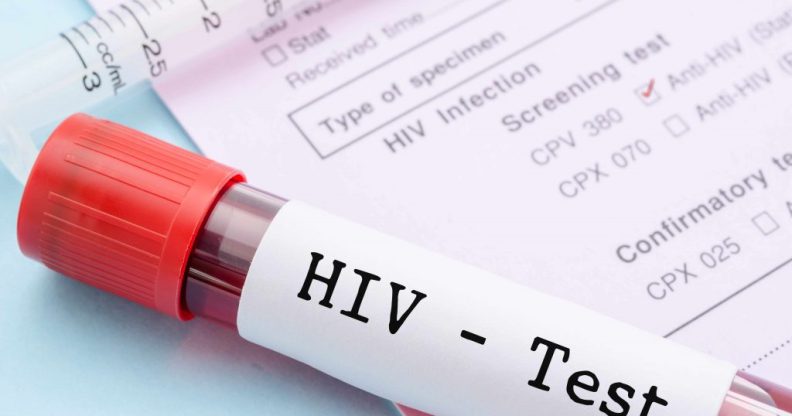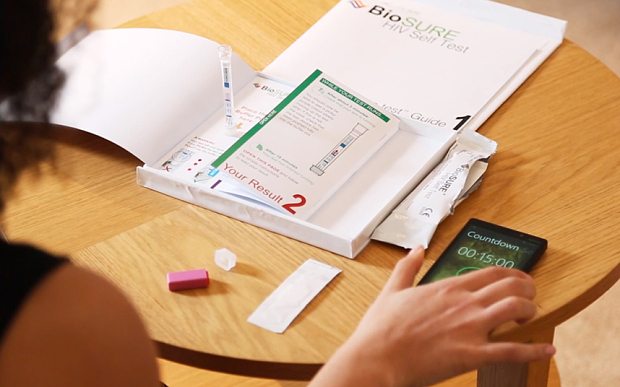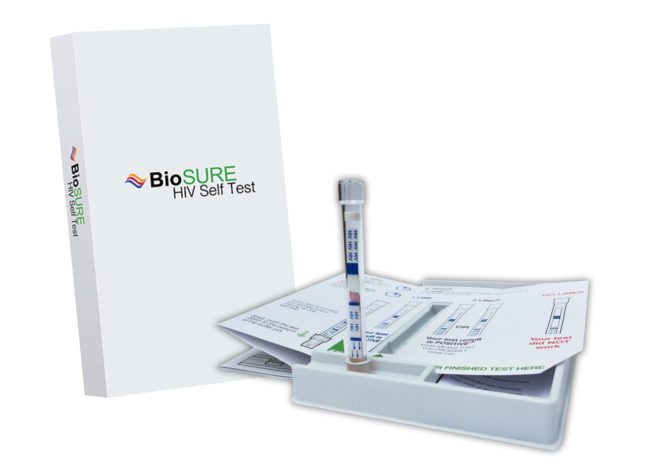How accurate is a home HIV test? Should you go to a clinic?

The treatment can lead to blood-borne infections if not carried out properly (Creative Commons)
HIV tests are so important and World AIDS Day 2018 highlights this with the theme ‘know your status.’ And checking for HIV couldn’t be easier with home-testing and home-sampling kits that are easily available, quick and accurate.
Many people question how accurate a home HIV test so if you feel more confident to go to your local clinic, we encourage you to do so. But if you’d prefer to test yourself in the comfort of your home, read on.
Although advancements in testing and the introduction of pre-exposure prophylaxis (PrEP) has led to a drop in recent years in the number of gay and bisexual men becoming infected with HIV, the virus is still a huge concern for the gay community.
Gay and bisexual men are the most at risk of catching HIV.
Valerie Delpech, head of HIV surveillance for Public Health England, told the Guardian: “Gay, bisexual and other men who have sex with men account for half of all people living with HIV in England.”
HIV test results are usually sent back within 2-3 days.
And they raise a wider problem: that in 2016, 42% of HIV diagnoses happened at a late stage of infection.
A home HIV test could help diagnose those living with HIV earlier and help them get the treatment and support they need.
Talking to PinkNews, sexual health consultant Mark Lawson said: “The main challenge is getting people diagnosed… anything that encourages people to test [for HIV] that otherwise wouldn’t is a good thing”.
As well as the numerous walk-in sexual-health centres across the country, home-testing and home-sampling kits are easily accessible.

Home HIV test. Check your results.
Unlike some sexually transmitted infections that can be tested from a urine sample, HIV is a blood-borne virus and needs a small blood sample to be accurate. Both home-testing and home-sampling kits require this to check for the infection.
Home-sampling kits require an individual to return their sample to a laboratory for testing, whereas home-testing kits allow you to see a result within fifteen minutes of giving a sample.
home HIV test kits
The home-testing kits are similar to a Diabetic’s blood-glucose device.
It pricks the finger for a sample of blood and then shows either one or two red lines fifteen minutes later to indicate whether there is a HIV infection.
Mark Lawson explains: “Their accuracy is very good, providing the risk happened three months ago or more… it’s not accurate for a more recent risk”.
This relates to the ‘window-period’ of testing for HIV, the time between potential exposure to the infection and the time it takes for the potential infection to show up on the test.
An individual could be infected with the virus, but still test negative if testing within the initial three month period.
Lawson added: “The window period of the self-test kits that are available is more like the old fashioned three months because it takes time for those antibodies to develop.”
So home HIV tests are not as accurate for more recent sexual encounters.
Unlike visiting a sexual-health clinic or ordering a self-sampling test, self-testing kits do cost money.
One such test is from company BioSure, which was the first to be CE marked in the UK, who sell them for £29.95.

Bio Sure HIV Self Test.
HIV HOME-SAMPLING KITS
Home-sampling kits, which require an individual to collect a blood sample at home and then send to a laboratory, are more accurate with recent risks.
Lawson said: “They look for a bit more detail and are a bit better at picking it up earlier.”
Home-sampling kits are available to order from www.test.hiv and results are usually sent back within 2-3 days.

Both tests have shown strong accuracy, in accordance with the ‘window period,’ however they do only test for HIV.
Clinics, on the other hand, also test for all other STIs when testing for the infection. So, if you want a full check of various sexually transmitted diseases, you should book an appointment.
“There is a lot more you get from going to a clinic, you get tested for syphilis, chlamydia, gonorrhoea, and all those infections you are more likely to have than HIV… but anything that increases testing is a good thing,” Lawson explained.
“About 13% of people living with HIV in the UK are undiagnosed. We want to encourage people to get tested and get tested regularly.”
“Those undiagnosed people are the ones who are most likely to then pass HIV onto other people. By more testing we can diagnose more people.”

